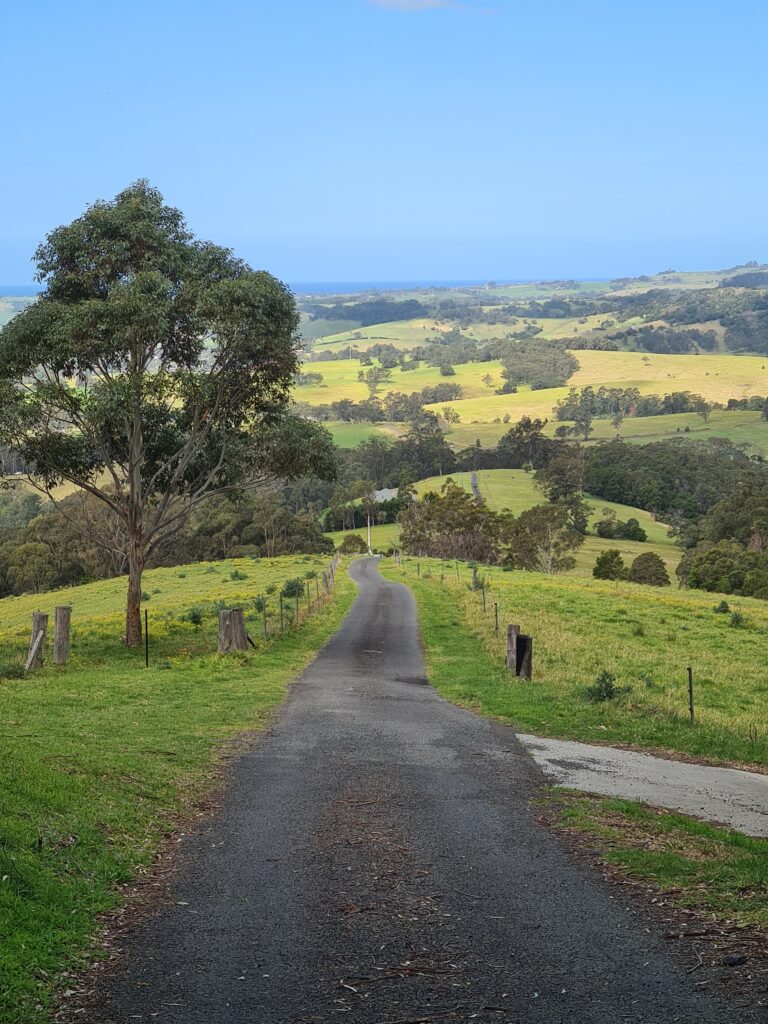History
For thousands of years, the Wodiwodi tribe were the traditional aboriginal inhabitants, being skilled hunters, fisherman and gatherers. Minnamurra means “plenty of fish”. They were gradually forced from their lands to make way for European settlers....
The valley is steeped in colonial history; originally a rich treasure trove of native red cedars, coachwoods and turpentine, harvested in the early 1800’s to make huts, furniture and wharf pillars. The red cedar was considered so valuable it was exported back to the UK.
As these valuable resources diminished, the land was cleared to accommodate for pastural farming. The fertile basalt soil, North Easterly aspect and abundance of fresh water, provided the perfect environment for dairy farming. In 1896, 40 acres of land became a Nature Reserve for picnicking, controlled by Kiama council. A Naturalist by the name of Howard Judd, become the first Ranger. He worked tirelessly to champion the beauty and the conservation of the area and in 1986, Minnamurra Rainforest became part of the Budderoo National Park.




